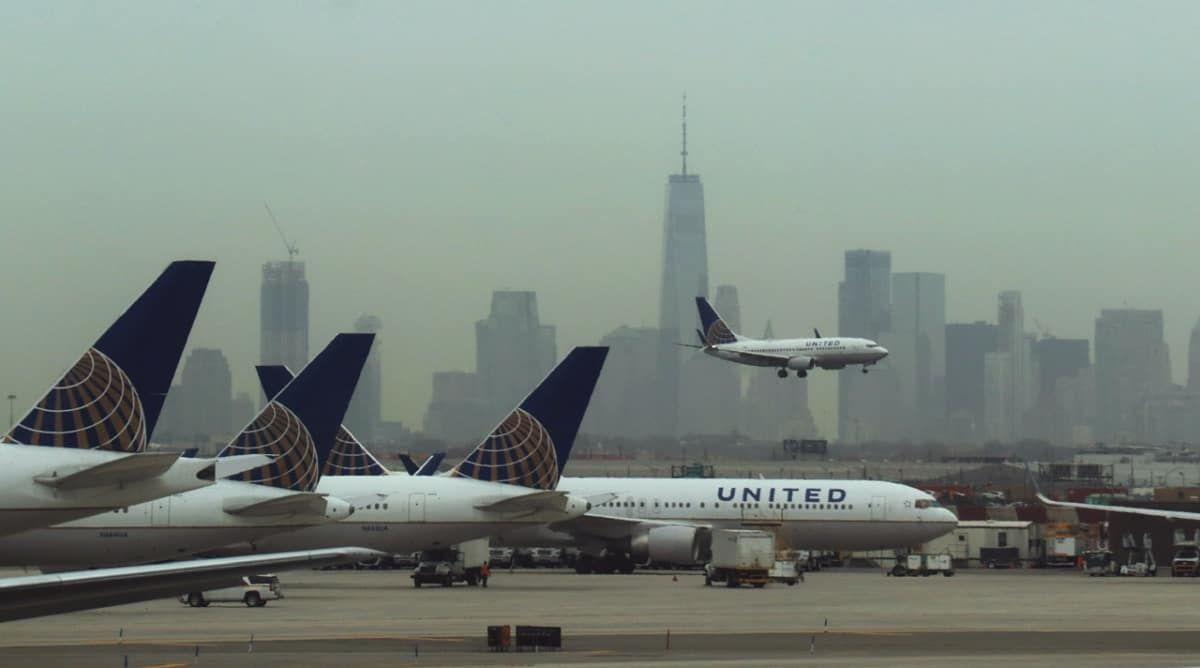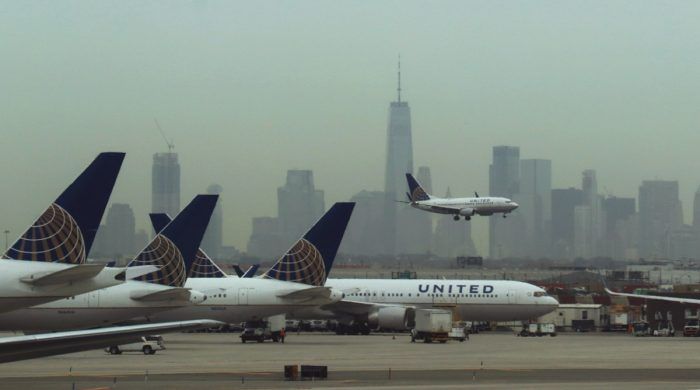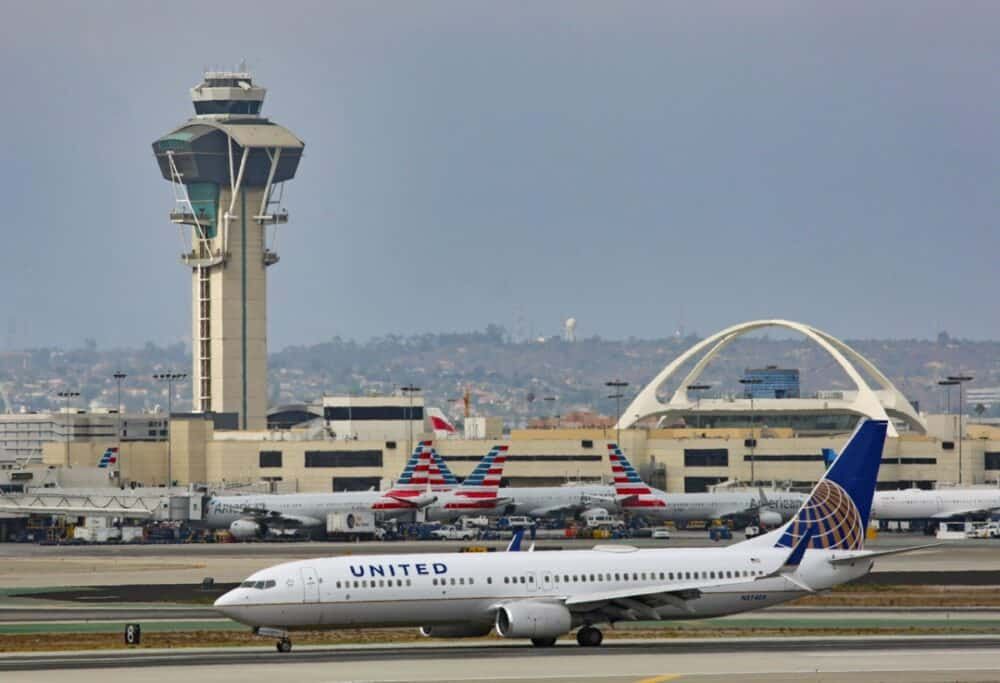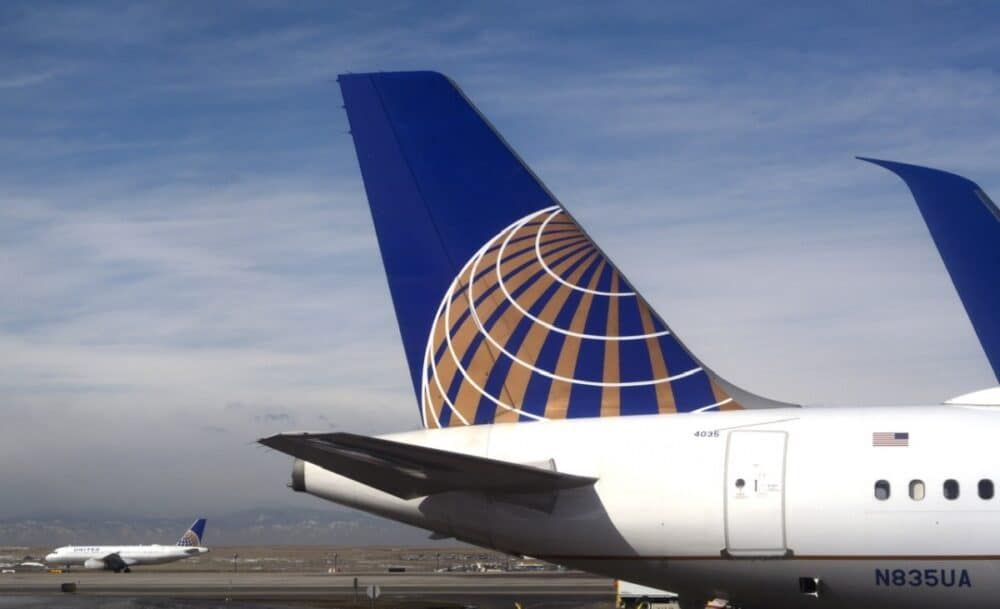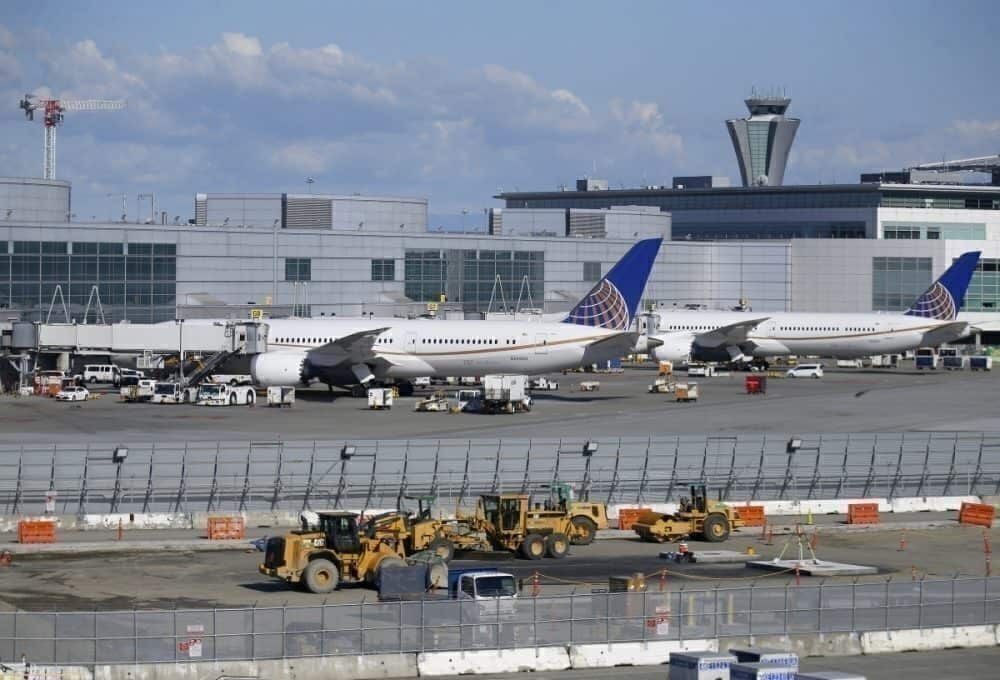United Airlines is focused on raising capital while the aviation industry continues to be rocked by the global health crisis. During a virtual conference call on Thursday, newly-appointed United CEO Scott Kirby spoke about his company's plan to break even while demand is low.
A flexible approach
While the Chicago-based carrier does not know when demand will bounce back, its priority right now is to get its cash burn down enough to break even and be in an environment where demand is around 50 percent of what it was previously. Therefore it has a plan to reduce the amount of money it's losing this year. Kirby says the key to achieving this is flexibility
He said the below during the conference call, which was attended by Simple Flying.
"And what we've been working on is building an unprecedented level of flexibility into our cost structure so that if demand is down 70 percent, we can get our cost base down close to 70 -- certainly our variable costs down 70 percent. If it's down 50 percent, then we can get our cost down 50 percent, if it's down 30 percent, down 30 percent. And so we're focused much more on building that flexibility."
Three-point plan
Kirby shared that his firm has three pillars to raise capital to give it as much runway as possible to get through the crisis. He said that this process had been started early and there should be more to come. United previously estimated that it would be burning $40 million a day during this year's second quarter. However, the executive is already confident that his staff is doing a great job of reducing this burn rate.
The businessman said that the estimated $20 million per day fourth-quarter cash burn is predicated on no improvement in demand from what was being seen in April. However, there has already been progressing. Therefore, passenger numbers are expected to get somewhat better by then.
During the conference call, Kirby shared the below about the three pillars:
"Obviously, we have the government loan, that's still a possibility, and we'll see more to come on that front. Second is get the cash burn down at the lowest ever possible. And again, we think we can get that to $20 million even without a recovery in demand. And then third is then to variabilize the cost structure at this point about, don't try to pretend we know what demand is going to be, let the actual data tell us what it's going to be and adjust the size the airline to what the demand really is."
Optimization is key
Kirby continued to state that in order to optimize this flexibility, United is going to need changes in some of its labor, vendor, and regional partner contracts. However, some of the agreements, such as the regional ones, give enough flexibility for the firm to adjust. However, to fully optimize, United will need revised agreements with others.
None of its contracts were designed for a world where demand might be down 50 percent or 70 percent. They were intended for a recession where the market is down 5 percent. Therefore, some added flexibility is needed.
Everything is up for review
Additionally, Kirby said that anything is on the table, even its loyalty program. This asset is not only incredibly valuable, it's one of the best pieces of collateral that United has. Ultimately, it spins-off a steady stream of cash.
Nonetheless, Kirby takes the responsibility of being CEO very seriously. The professional said that it is the first thing he thinks about when he sits down to work in the morning, and it's the last thing he thinks about when he switches off the lights to his office at night.
To live up to that responsibility, he is determined to do what he can to position United to bounce back quickly when demand does start to return. He is also seeking to mitigate United's long-term risk and protect jobs where possible.
Altogether, it's not going to be easy, but United is showing its determination to limit the damage during this crisis. The second half of 2020 will be a long one for the airline, but by the time this year is over, it should be in much better shape.
What are your thoughts on United's plans to reduce its cash burn this year? How do you see the airline adjusting over the next few months? Let us know what you think about the situation in the comment section.

